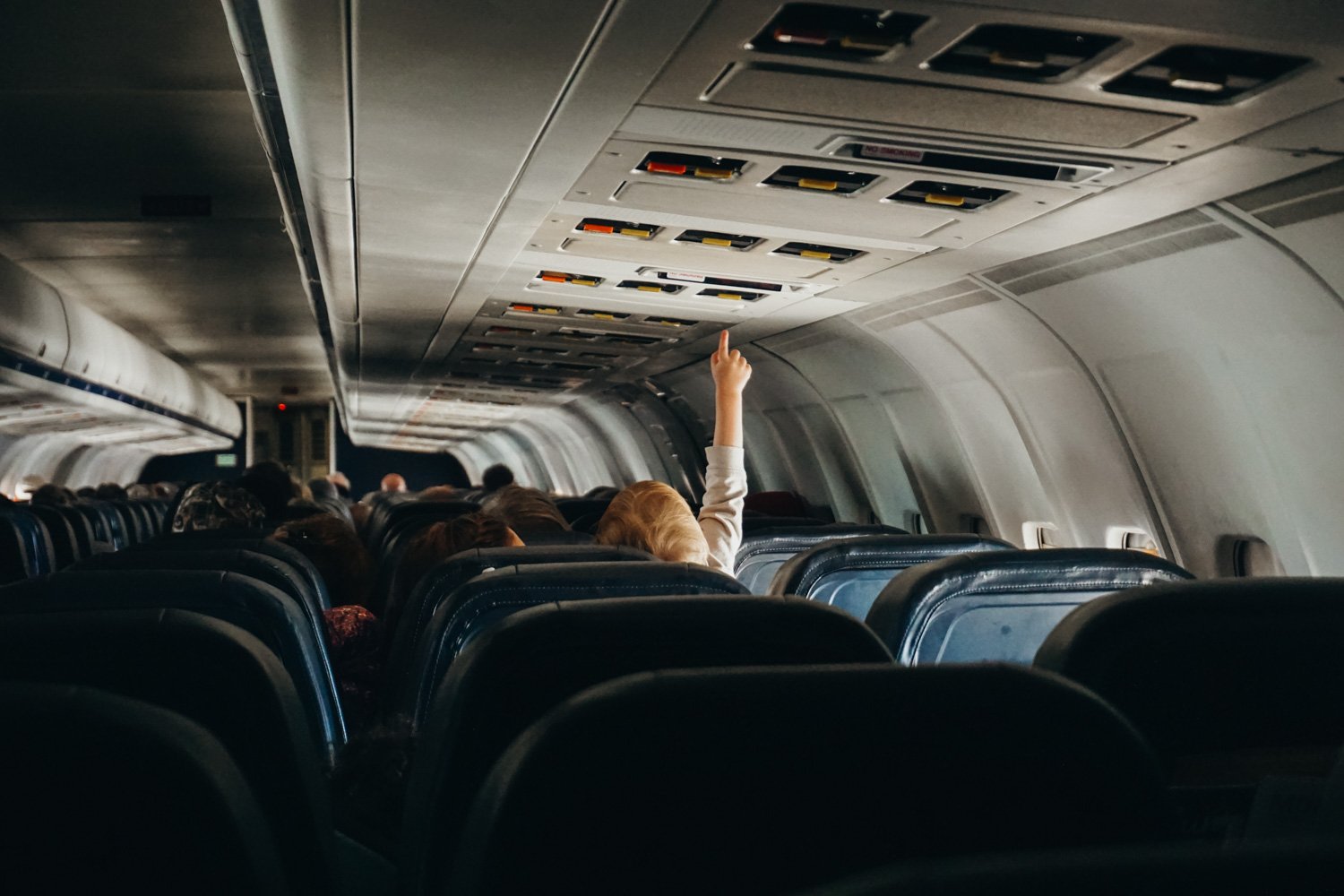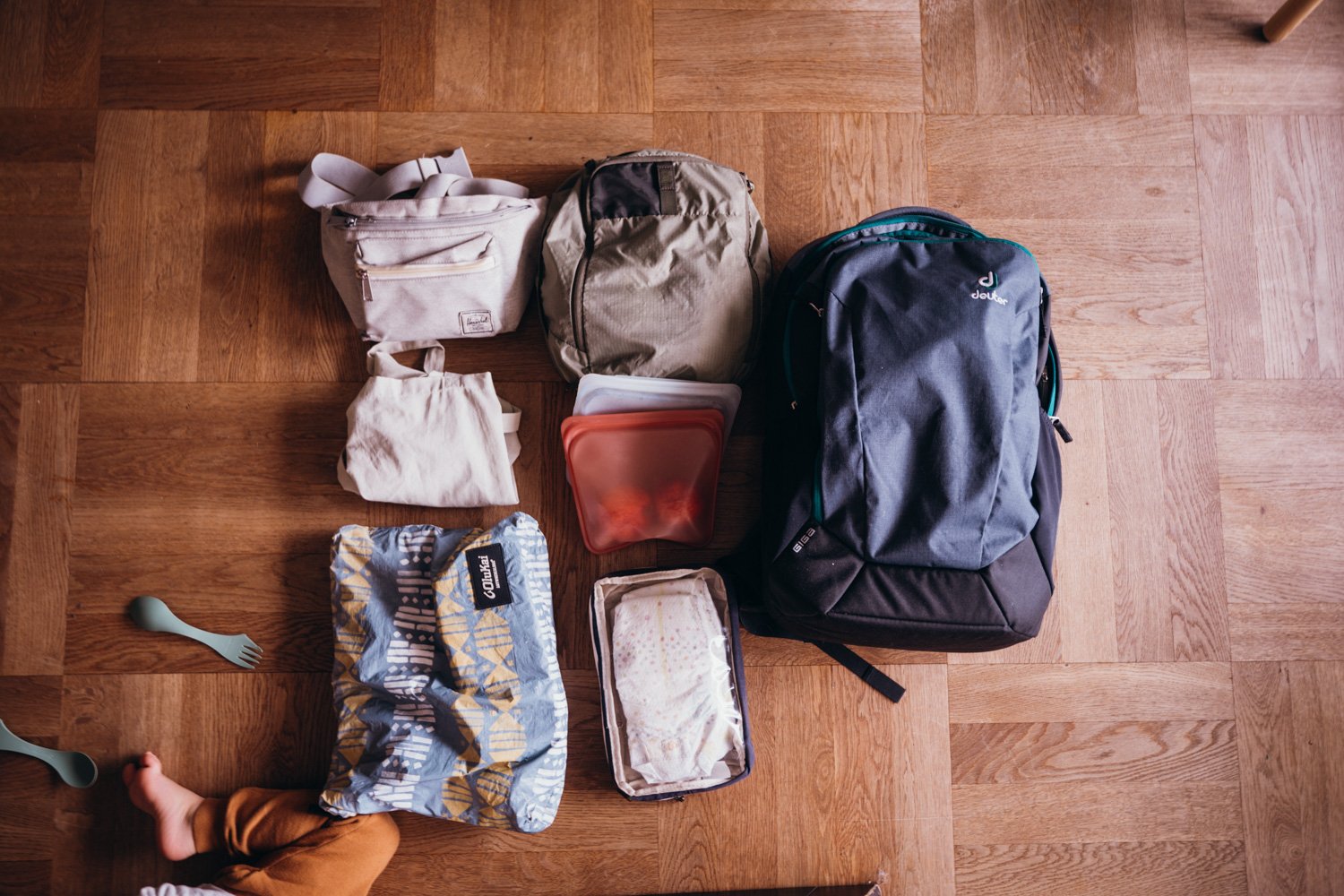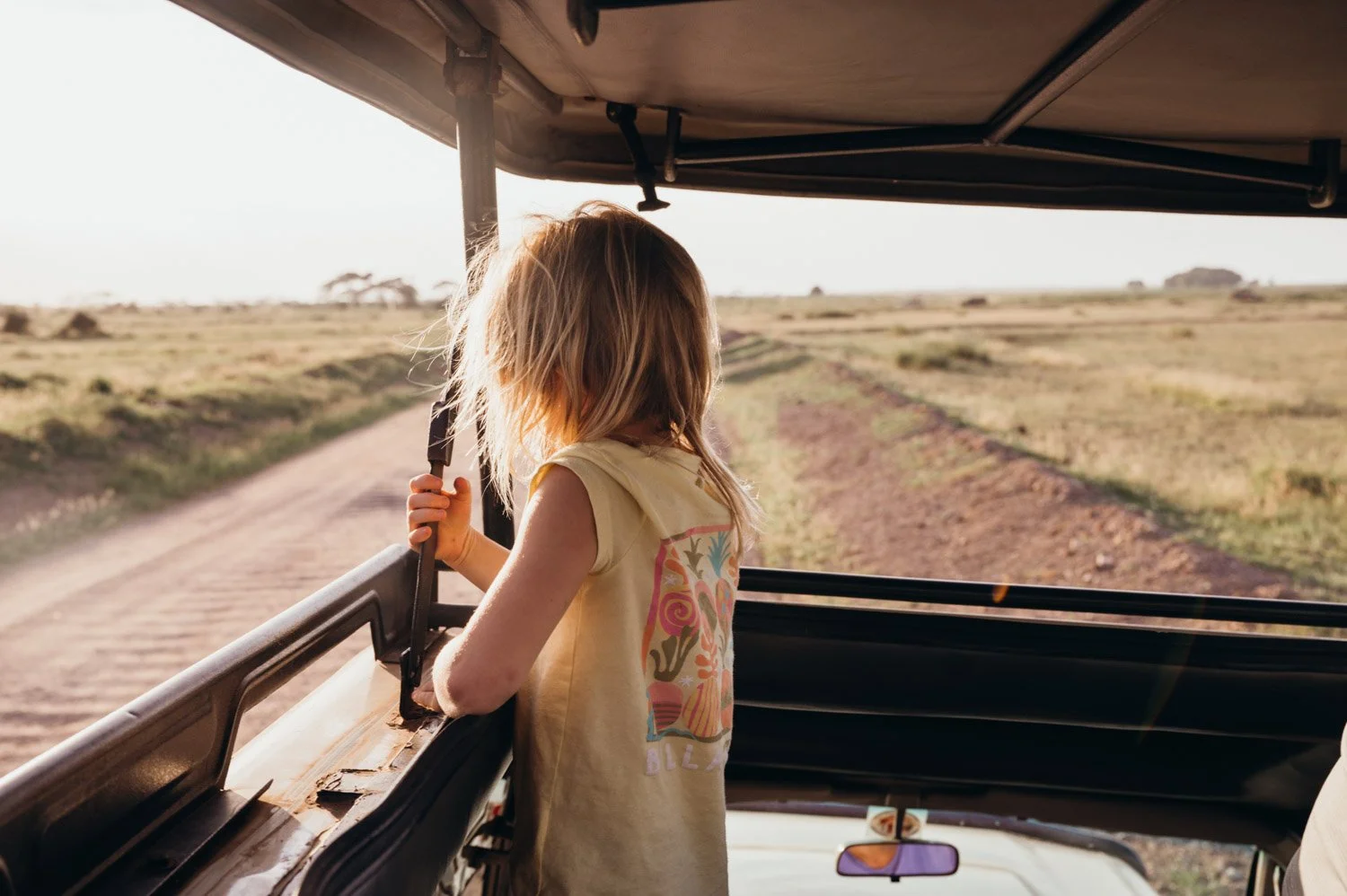Essential Tips for Traveling in South and Southeast Asia with Kids
If you can embrace the chaos, selfie storms and avoid the infamous “Delhi Belly”, traveling in Asia with kids can be an incredibly enriching experience for the entire family.
Traveling through some of the more intrepid parts of Asia can be a daunting task, even for the most seasoned travelers. Add a curious toddler to the mix, and, well, we already know how that goes.
Whether it’s India’s chaotic tempo or the vast altitude swings of Nepal, or sampling fried elephant-ear fish in the Mekong Delta, each country presents its own challenges— with and without kids. Yet for all of the jostling, whizzing mopeds, selfie storms, cheek-squeezing and spicy surprises, these experiences can be some of the most transformative for your family.
Because what comes with getting out of our comfort zones is that we come face to face with the best of humanity, kids included. Between the Golden Buddhas, spiritual Sadhus, colorful festivals, sweltering treks, new friendships and the hustle and bustle, we come home changed.
Still, we want to be as prepared as possible when traversing this part of the world with kids. See below for our basic, practical tips that get us around safely through South and Southeast Asia with our little ones.
Things to Consider: Age.
How old are your children? Traveling with an infant or tween is generally much easier than with a toddler who is extra curious and loves putting all the things in their mouth!
A Few Tips for the Littlest Ones:
Make sure to bring a baby carrier and consider even leaving the stroller at home. There’s not a ton of infrastructure for strollers, and carriers allow baby to be off the ground, close to parents and avoiding much of the attention and cheek-pinching.
Crossing roads and navigating cities can be hair-raising. If they can walk, keep them close, in the carrier, or pick them up to cross the street.
Don’t pack all the diapers, just bring enough for the plane ride and a few days— baby amenities (as well as pharmacies) are easy to come by in most cities around the world.
Older Children
Your bigger kids will also receive a lot of attention in Asia, especially in the more remote regions. Tweens and teens will be affected by the economic discrepancies and girls especially will have to adhere to the more conservative dress.
Basic Health and Safety.
Understandably, health and safety come at the top of the list of concerns for traveling families. The CDC has a helpful list of vaccines to search per country, make an appointment with your doctor to make sure everyone’s vaccinations are up-to-date.
Bring a Medical Kit.
While most of the time it’s generally easy to find a pharmacy in a pinch, it can be difficult in some of the more remote regions of South and Southeast Asia that have less of an infrastructure. We carry a small kit to cover the basics. What’s included:
Fever reducer, antiseptic cream, band-aids, treatment for diarrhea, a thermometer, and mosquito and insect repellent, and anti-itch gel, plenty of sunscreen, and any extras.
Avoiding upset stomach issues.
The most common problem when traveling throughout Asia simply are tummy upsets. Here are some things we are vigilant about:
Washing hands, drinking only bottled water and avoiding ice, which is made with tap water.
Eat only peeled fruit, like oranges and bananas.
Hand sanitizer and washing feet (if needed). All parents know how it goes, and hand sanitizer and a good foot scrub-down were essential to doing the bare(foot) minimum.
Mosquitoes.
Depending on where in the world you are, mosquitoes will most likely be there, too. From malaria and Dengue Fever to Ross River fever and West Nile Virus, it can seem overwhelming to protect little legs, faces and arms.
One of the most effective ways of preventing mosquito bites is using a good repellent. DEET, Oil of Lemon Eucalyptus and Picaridin are effective.
Use lower concentrations if kids will be outside only for an hour or two (no more than 10% to 30% concentration of DEET).
If they're outside longer, consider using a repellent with a higher concentration of DEET. (The higher concentration means that it will last longer.)
Clothing can also be treated with repellent.
Wear long pants and sleeves while outdoors in areas where malaria is transmitted, and try to wear lighter shades of clothes.
Also, children should sleep in rooms with air conditioning or screened windows or sleep under bed nets, when available. Put a mosquito net over your baby carrier as well if outside in dusk or dawn.
Skip the
Street Food.
For the foodies out there, this one can be controversial. Even though some of the most delicious culinary discoveries food can be found in the side streets of Delhi, Hanoi and Yangon, and we strongly encourage you to try it, when it comes to little tummies, we generally suggest avoiding food being cooked on the street. Check out a restaurant instead. Other ideas:
Opt for meals that are freshly cooked and served hot. Vegetarian dishes are usually a good choice. Naan breads, broths, cooked veggies and rice and plain omelettes were always a win. And when all else fails, there were pizza places in some of the more touristy spots.
Across the board, it’s best to avoid salads unless you can be sure the lettuce (and other veggies) have been properly cleaned and disinfected.
Depending on your child’s taste buds, be mindful of spices. Our infant simply loved Thailand’s Thom Kha coconut soup, but our older daughter wasn’t into it.
In a pinch, ask a mom! They know what restaurants can whip up for babies and small children. I still have great memories of talking with other moms in Hokkaido, Mandalay, and Hué because they helped me sort out cooked carrots, rice and egg dishes for our infant at the time.
If staying at a hotel that includes breakfast, we would often store our leftovers— breads and crackers and such— in a reusable bag for snacks during the day.
And of course, always bottled water. We cannot reiterate this enough. Fill up your reusable water bottle so you always have it on hand.
Sleeping + Accommodations.
Travel can be hectic. Coupled with the frenetic energy of Delhi or Bangkok or Jakarta, it’s worth it to uplevel your accommodation to preserve your family’s sanity.
It’s generally easy to find lodging in South and Southeast Asia that’s still reasonably priced, complete with air conditioning, breakfast, and a pool, which kids can cool down in after a day of sightseeing.
If your kids are small enough, consider sharing double beds than opting for a family room with less perks. Many hotels across Asia (and around the world, actually) are perfectly fine with bed-sharing, which gives you the option of staying in places with pools, better locations, et al.
Stay Cool, Literally
+ Figuratively.
Exploring Jaipur by foot, trekking in Kathmandu or battling droves of tourists on Khaoson Road come with some frustration (and heat) to even the most patient of travelers. Hotel bookings, visa checks, sightseeing tickets and logistical minutia can be a nightmare to navigate. Add a bit of haggling and overstepping of personal space for a selfie or a tour offer, it can be maddening, especially for a mom looking to get baby down for a nap.
The most important thing to do it take a breath, remember that these moments will pass, and that usually, everyone has good intentions. We’re all human, and that’s what we’re here to discover. That’s what travel’s all about, isn’t it?











